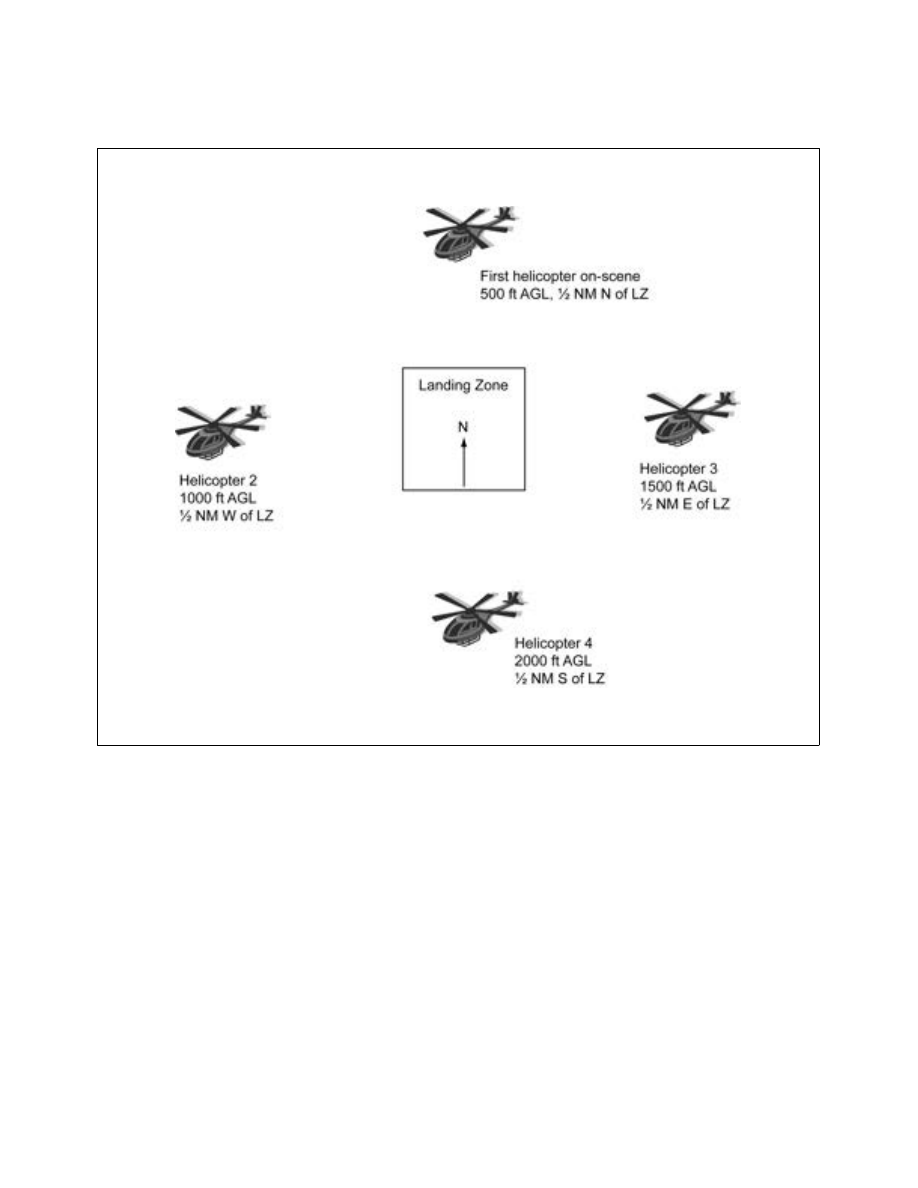
AIM
4/20/23
c. Mexican Charts.
Information on available Mexican charts and publications may be obtained by
contacting:
Dirección de Navigacion Aereo
Blvd. Puerto Aereo 485
Zona Federal Del Aeropuerto Int’l
15620 Mexico D.F.
Mexico
d. International Civil Aviation Organization (ICAO).
A list of free ICAO publications and catalogs is
available at the following website: https://www.icao.int/publications/Pages/default.aspx.
9
−
1
−
14
Types of Charts Available